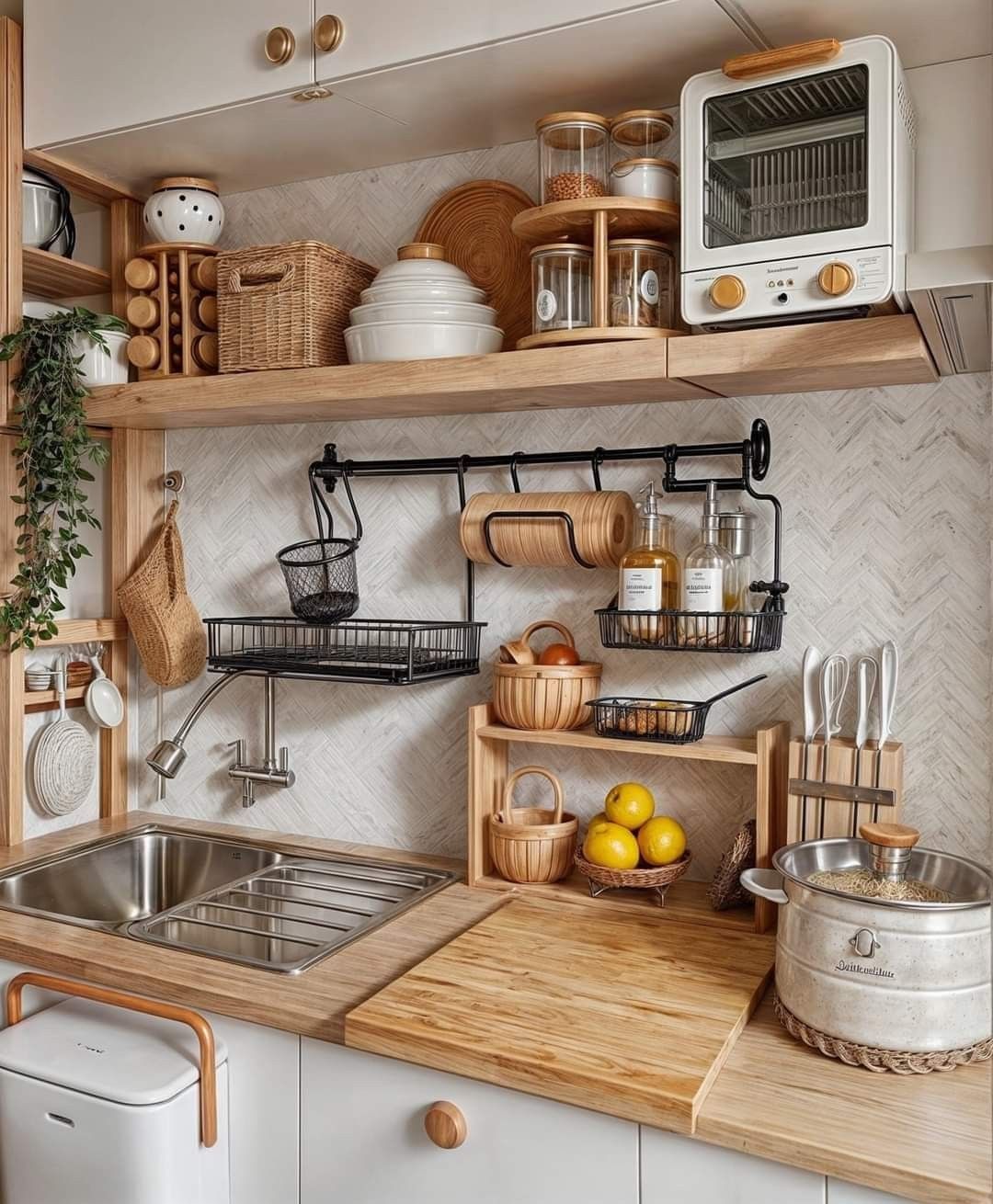Bamboo, known for its strength, flexibility, and rapid growth, has been an integral part of various cultures for centuries. Its versatility and sustainability make it an ideal material for a wide range of applications, from traditional uses to modern innovations.
Traditional Uses of Bamboo
1. Construction: In many Asian cultures, bamboo has been a primary construction material for thousands of years. Its strength and flexibility make it suitable for building homes, bridges, and scaffolding. Traditional bamboo houses are renowned for their resilience against earthquakes due to the material’s ability to absorb shock and sway with the movement.
2. Tools and Utensils: Bamboo has long been used to create a variety of tools and utensils. Farmers have traditionally crafted plows, hoes, and other agricultural tools from bamboo. In households, bamboo is used to make kitchen utensils such as chopsticks, steamers, and containers, owing to its durability and resistance to moisture.
3. Textiles and Paper: Bamboo fibers have been used to produce textiles and paper for centuries. Bamboo textiles are soft, breathable, and naturally antibacterial, making them ideal for clothing and bedding. Bamboo paper, known for its durability and smooth texture, has been used in traditional art and calligraphy.
Modern Innovations of Bamboo
1. Sustainable Architecture: Modern architects are increasingly incorporating bamboo into eco-friendly building designs. Bamboo’s rapid growth and minimal environmental impact make it an attractive alternative to traditional building materials. Innovative bamboo structures, such as the Green School in Bali, showcase its potential in sustainable architecture, blending traditional techniques with modern design principles.
2. Renewable Energy: Bamboo is being explored as a renewable energy source. Its high biomass yield makes it suitable for producing bioenergy through processes like gasification and pyrolysis. Researchers are also investigating the use of bamboo charcoal as an efficient and eco-friendly alternative to conventional charcoal and fossil fuels.
3. Consumer Products: Bamboo’s versatility extends to a wide range of consumer products. From bamboo toothbrushes and reusable straws to bamboo furniture and flooring, the material is being embraced for its eco-friendly properties. Innovations in bamboo processing have led to the development of bamboo composites, which are used in the manufacturing of bicycles, skateboards, and even automobile components.
4. Medical Applications: The medical field is also exploring the benefits of bamboo. Bamboo fabric’s natural antibacterial properties make it suitable for wound dressings and surgical gowns. Additionally, bamboo extract is being researched for its potential health benefits, including anti-inflammatory and antioxidant properties.
Bamboo’s journey from traditional uses to modern innovations underscores its remarkable adaptability and sustainability. As the world seeks greener alternatives, bamboo stands out as a renewable resource with immense potential. Its applications in construction, energy, consumer products, and medicine demonstrate that bamboo is not just a relic of the past but a vital component of a sustainable future.
References:
- Liese, W., & Kohl, M. (2015). Bamboo: The Plant and its Uses. Springer.
- Sharma, V., & Goyal, M. (2018). Bamboo: A Sustainable Solution for Modern Architecture. International Journal of Innovative Research in Science, Engineering, and Technology.
- Scurlock, J. M. O., Dayton, D. C., & Hames, B. (2000). Bamboo: An Overlooked Biomass Resource?. Biomass and Bioenergy.
Post time: Jul-30-2024







